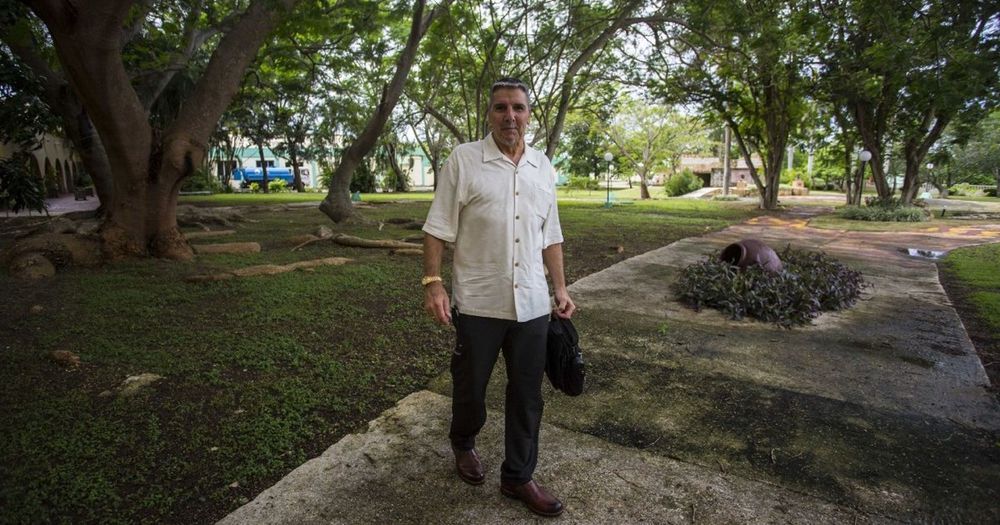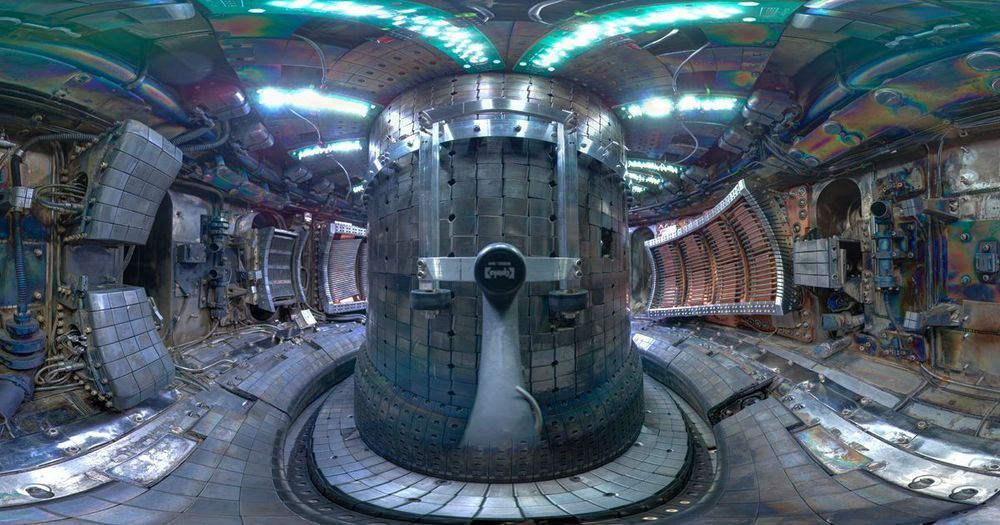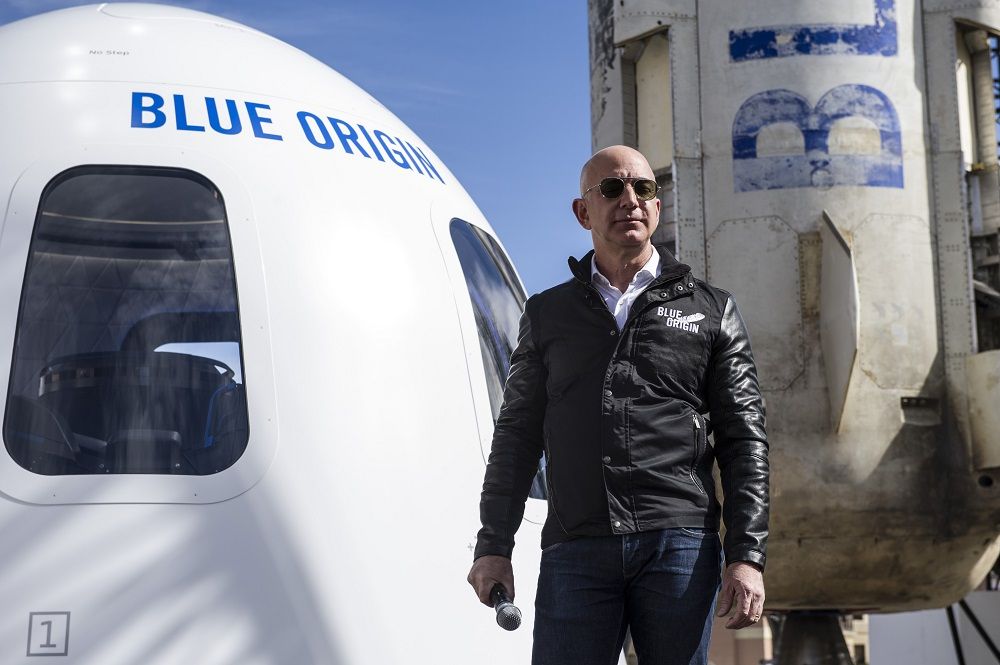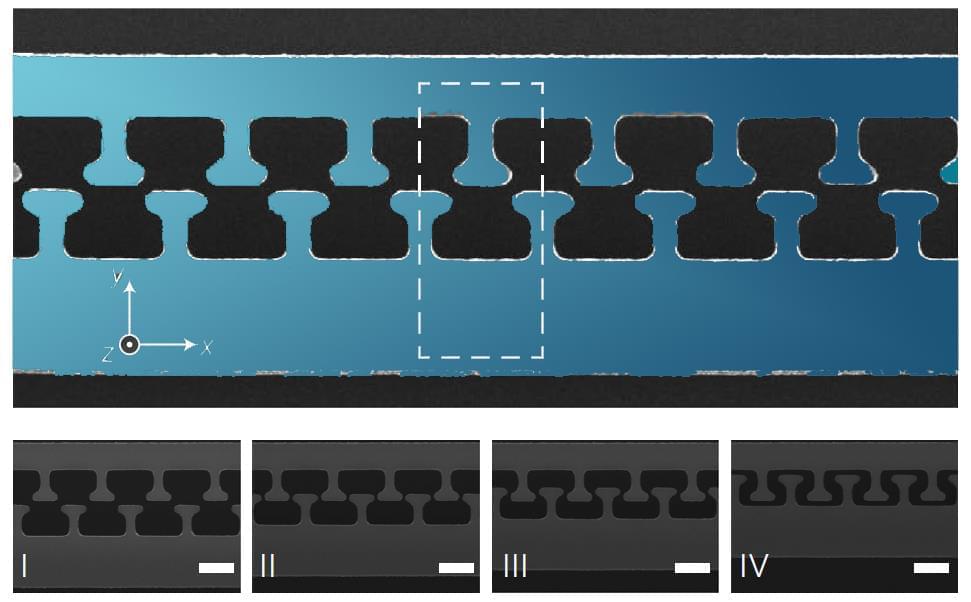Floor-to-ceiling bookshelves are lovely, and can act as a robust focal point in any home, though accessing the high shelves can be a problem. The common sidekick has always been ladders which can also add character and charm, but for smaller homes like in Japan they can be a nuisance, occupying too much space for not enough usage. Japanese architect Shinsuke Fujii came up with a simple, yet brilliant solution that solves another problem too: earthquake safety.

The “House in Shinyoshida,” as it’s called, named for the neighborhood in Yokohama where it stands, was conceived shortly after the 2011 Tohoku Earthquake. The client, who happened to be an avid book lover, approached Fujii with the task to design a home around a large bookshelf that’s both easily accessible but also one that won’t spill all the books if there’s ever a tremor.








